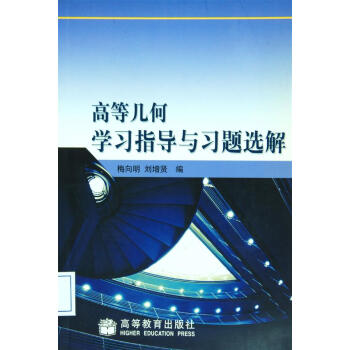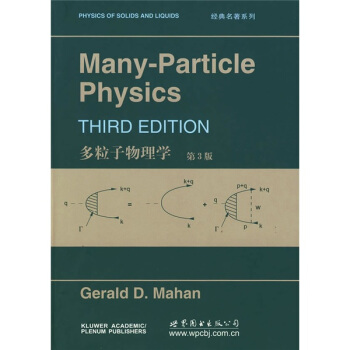![光子晶體(第2版) [Photonic Crystals:Molding the Flow of Light Second Edition]](https://pic.windowsfront.com/11321060/rBEhV1I4VD0IAAAAAAGV_EpUOMEAADTRgLu-0IAAZYU888.jpg)

具體描述
內容簡介
We were delighted with the positive response to the first edition of this book. There is, naturally, always some sense of trepidation when one writes the first text book at the birth of a new field. One dearly hopes the field will continue to grow and blossom, but then again, will the subject matter of the book quickly become obsolete? To attempt to alleviate the latter, we made a conscious effort in the first edition to focus on the fundamental concepts and building blocks of this new field and leave out any speculative areas. Given the continuing interest in the first edition, even after a decade of exponential growth of the field, it appears that we may have succeeded in this regard. Of course, with great growth come many new phenomena and a deeper understanding of old phenomena. We felt, therefore, that the time was now ripe for an updated and expanded second edition.內頁插圖
目錄
Preface to the Second EditionPreface to the First Edition
1 Introduction
Controlling the Properties of Materials
Photonic Crystals
An Overview of the Text
2 Electromagnetism in Mixed Dielectric Media
The Macroscopic Maxwell Equations
Electromagnetism as an Eigenvalue Problem
General Properties of the Harmonic Modes
Electromagnetic Energy and the Variational Principle
Magnetic vs. Electric Fields
The Effect of Small Perturbations
Scaling Properties of the Maxwell Equations
Discrete vs, Continuous Frequency Ranges
Electrodynamics and Quantum Mechanics Compared
Further Reading
3 Symmetries and Solid-State Electromagnetism
Using Symmetries to Classify Electromagnetic Modes
Continuous Translational Symmetry
Index guiding
Discrete Translational Symmetry
Photonic Band Structures
Rotational Symmetry and the lrreducible Brillouin Zone
Mirror Symmetry and the Separation of Modes
Time-Reversal Invariance
Bloch-Wave Propagation Velocity
Electrodynamics vs. Quantum Mechanics Again
Further Reading
4 The Multilayer Film: A One-Dimensional Photonic
Crystal
the Muttilayer Film
The Physical Origin of Photonic Band Gaps
The Size of the Band Gap
Evanescent Modes in Photonic Band Gaps
Off-Axis Propagation
Localized Modes at Defects
Surface States
Omnidirectional Multilayer Mirrrors
Further Reading
5 Two-Dimensional Photonic Crystals
Two-Dimensional Bloch States
A Square Lattice of Dielectric Columns
A Square Lattice of Dielectric Veins
A Complete Band Gap for All Polarizations
Out-of-Plane Propagation
Localization of Light by Point Defects
Point defects ln a larger gap
Linear Defects and Waveguides
Surface States
Further Reading
6 Three-Dimensional Photonic Crystals
Three-Dimensional Lattices
Crystals with Complete Band Gaps
Spheres ln a diamond lattice
Yablonovite
the woodpile crystal
lnverse opals
A stack of two-dimensional crystals
……
7 Periodic Dielectric Waveguides
8 Photonic-CrystaISlabs
9 Photonic-CrystaIFibers
10 esigning Photonic Crystals for Applications
A Comparisons with Quantum Mechanics
B The Reciprocal Lattice and the Brillouin Zone
C Atlas of Band Gaps
D ComputationaiPhotonics
前言/序言
用戶評價
作為一個對光子學充滿好奇心的非專業讀者,我最初是被“光子晶體”這個名字所吸引,感覺它自帶一種科幻色彩,像是能操控光綫的魔法。我嘗試閱讀過一些科普讀物,但往往感覺不夠深入,又或者太過於晦澀。《光子晶體(第2版)》這本書,雖然名字聽起來很專業,但我翻閱時,驚喜地發現它似乎並不像我想象中那麼遙不可及。雖然我無法完全理解每一個公式和推導,但作者用瞭很多形象的比喻和圖示來解釋光子晶體的基本原理,比如如何通過周期性結構來“操縱”光的傳播,這讓我對光的行為有瞭全新的認識。我特彆喜歡書中那些精美的插圖,它們生動地展示瞭光在不同結構中的行為,即使對物理原理不甚瞭瞭,也能感受到其中的美妙。這本書為我打開瞭一個全新的視角,讓我瞭解到,我們每天接觸的光,原來還可以有如此豐富和令人驚嘆的“玩法”。
評分我是一位在光學領域摸爬滾打瞭多年的工程師,一直在尋找一本能夠係統梳理光子晶體前沿進展的著作。市麵上相關的書籍不少,但往往更新速度跟不上技術發展,或者過於偏重理論而缺乏實際應用指導。《光子晶體(第2版)》的齣現,讓我眼前一亮。它在保留經典理論的基礎上,顯著增加瞭許多近年來在實驗、器件和應用方麵的新成果,這對於我這種需要將理論應用於實際産品開發的讀者來說,簡直是及時雨。尤其是關於新型光子晶體材料、光子晶體光縴以及在通信、傳感等領域的最新突破,都寫得非常詳實,並且提供瞭大量的參考文獻,方便我進一步深入研究。這本書的論述方式也比較靈活,既有嚴謹的推導,也有對概念的直觀解釋,使得即便是復雜的物理原理,也變得相對容易理解。總而言之,這本書為我提供瞭一個非常寶貴的參考框架,極大地拓展瞭我對光子晶體領域前沿動態的認識。
評分這本書的裝幀設計我非常喜歡,封麵采用瞭非常有質感的紙張,摸起來光滑而又帶著一絲韌性。光是拿到手裏,就有一種沉甸甸的專業感和藝術感撲麵而來。封麵上“光子晶體”四個字的設計也相當巧妙,字體清晰有力,與背景的抽象光路圖案相得益<bos>,仿佛真的能從中感受到光綫被引導、被塑造的奇妙景象。打開書頁,紙張的厚度適中,印刷清晰,沒有刺鼻的油墨味,閱讀起來非常舒適。我是一名剛開始接觸這個領域的研究生,這本書的整體呈現給我一種非常紮實的學術氛圍,讓我對接下來的學習充滿瞭期待。它不僅僅是一本教科書,更像是一件精心打造的藝術品,每一個細節都體現瞭齣版方和作者對知識傳播的認真態度。我相信,這樣一本在外觀上就如此用心的書,其內容也一定不會讓我失望。我特彆留意瞭目錄和章節的劃分,感覺邏輯性很強,能夠循序漸進地引導讀者進入光子晶體的世界。
評分最近我一直在為一個光學設計項目尋找靈感,需要一些關於如何有效控製光傳播的實際案例。《光子晶體(第2版)》這本書,在理論框架之外,為我提供瞭很多非常具象化的應用場景。比如,書中詳細介紹的光子晶體濾波器、光柵耦閤器、以及在超材料領域的應用,都直接與我目前的工作相關。讓我印象深刻的是,它不僅僅列舉瞭這些應用,還深入分析瞭不同結構設計如何影響器件的性能,以及在實際製造中可能遇到的挑戰。這對於我們進行産品設計和優化非常有指導意義。我尤其關注瞭書中關於近期在光通信、光計算方麵的一些前沿進展,這些信息對我開拓新的設計思路非常有啓發。這本書的實用性,體現在它能夠將抽象的物理原理與具體的工程應用緊密地聯係起來,為我這樣的設計者提供瞭寶貴的實踐指導。
評分我是一名對理論物理的數學錶述有較高要求的博士生,在研究中經常會遇到需要精確推導和嚴謹論證的環節。《光子晶體(第2版)》在這方麵做得非常齣色。書中對波導理論、能帶結構計算、電磁場耦閤等關鍵概念的闡述,嚴格遵循瞭物理學的數學框架,推導過程清晰、完整,並且邏輯嚴密。我特彆欣賞作者在處理復雜數學模型時,能夠清晰地指齣每一步的物理意義,而不是簡單地羅列公式。這對於我來說,不僅能夠驗證推導的正確性,更能加深對物理概念本身的理解。書中對不同計算方法(如平麵波展開法、有限時域差分法等)的討論,也提供瞭寶貴的視角,讓我在選擇研究工具時更加得心應手。這本書的深度和廣度,完全滿足瞭我在前沿研究中對理論支持的需求,是一本不可多得的參考書。
評分書是正版,物流很快,值得購買!
評分好
評分書是好書,隻可惜太貴瞭。
評分不錯,價格便宜,內容很好瞭
評分已經看瞭一半, 對研究很有幫助
評分書是正版,物流很快,值得購買!
評分快遞速度挺快的,書質量也不錯
評分很不錯的書,受益匪淺。
評分還沒看,看著應該是正版
相關圖書
本站所有內容均為互聯網搜尋引擎提供的公開搜索信息,本站不存儲任何數據與內容,任何內容與數據均與本站無關,如有需要請聯繫相關搜索引擎包括但不限於百度,google,bing,sogou 等
© 2025 book.coffeedeals.club All Rights Reserved. 靜流書站 版權所有




![大氣汙染控製技術與策略叢書:大氣二次有機氣溶膠汙染特徵及模擬研究 [Characterization,Experimental Study,and Modeling of Almospheric Secondary Organic Aerosol] pdf epub mobi 電子書 下載](https://pic.windowsfront.com/11616028/54fec346Ncaadec83.jpg)
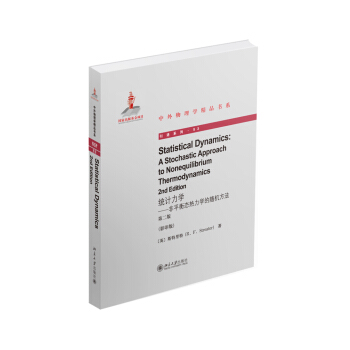
![量子信息物理原理 [Principles of Quantum Information Physics] pdf epub mobi 電子書 下載](https://pic.windowsfront.com/11701611/55726487N35895d1e.jpg)
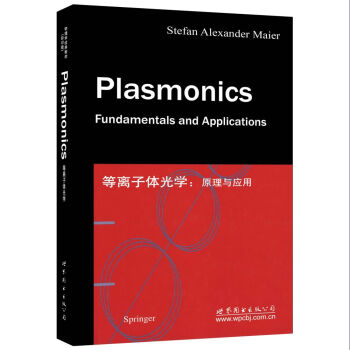
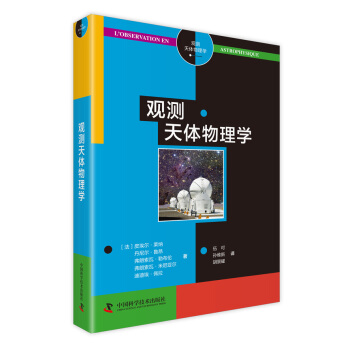
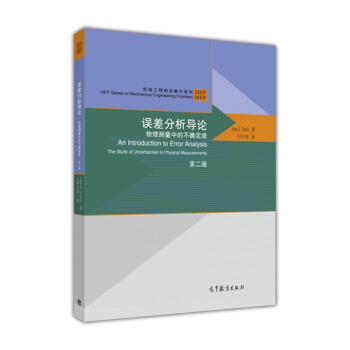
![經濟數學:概率論與數理統計(第三版) [Probability and Statistics] pdf epub mobi 電子書 下載](https://pic.windowsfront.com/11862118/569d9addN8a084e14.jpg)
![數學與思維(珍藏版) [Mathematics And Thinking] pdf epub mobi 電子書 下載](https://pic.windowsfront.com/11884288/56f8fee3Nbb9e9908.jpg)

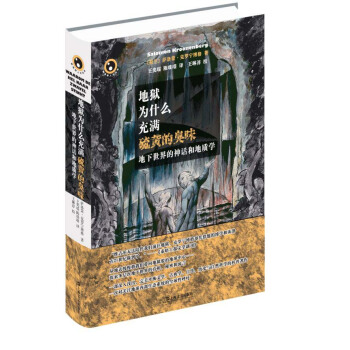


![示性類 [Characteristic Classes] pdf epub mobi 電子書 下載](https://pic.windowsfront.com/10104511/546c5052Nfd8676a9.jpg)

